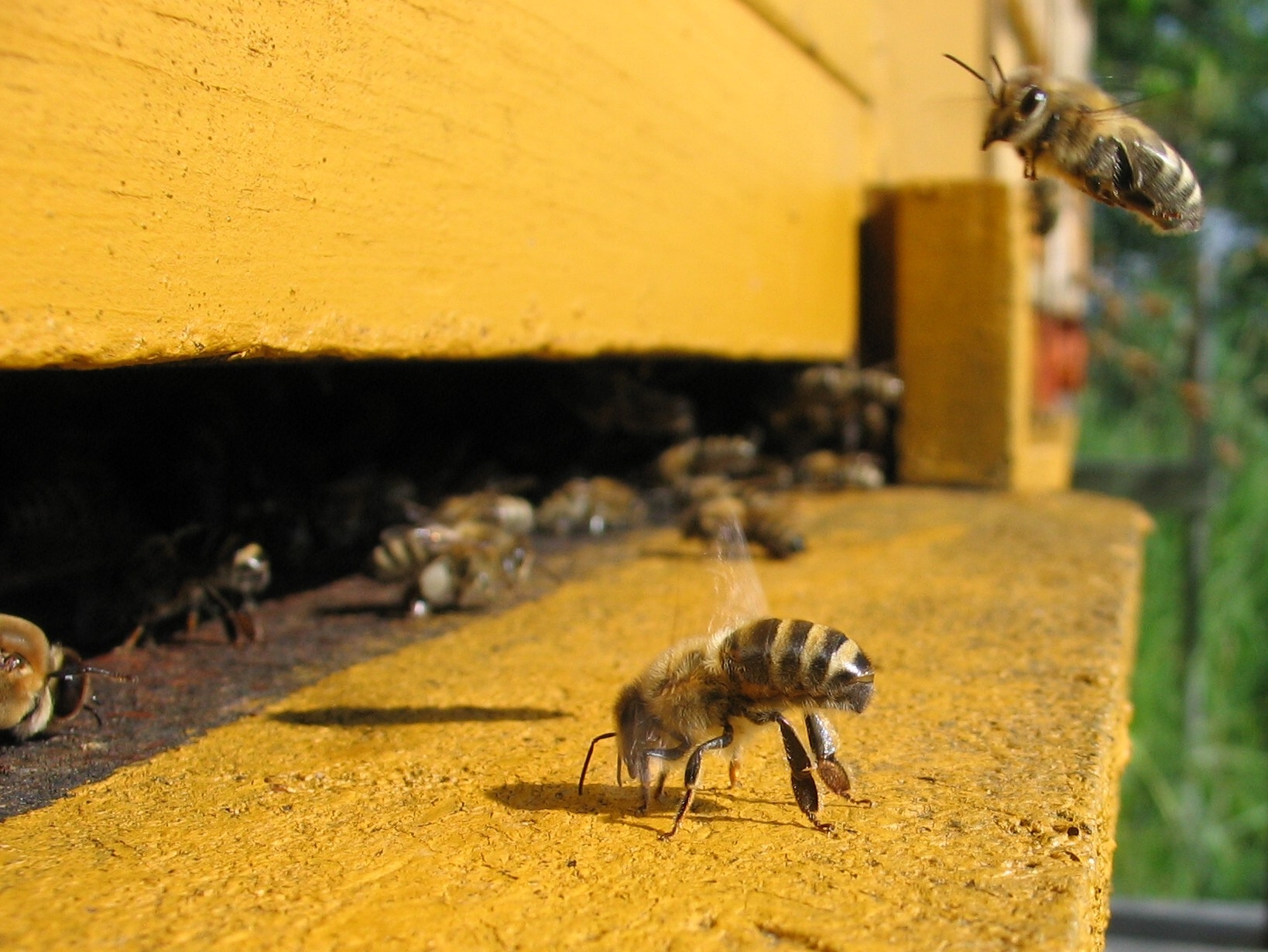Local News
Nobody knows exactly what’s killing the honey bee

U.S. saw half its population disappear in last year
Nearly half of the honeybees in America at this time a year ago apparently didn’t make it to this summer, and nearly 60 percent in Wisconsin over the last few years.
At last count, the state had more than 50,000 bee colonies – a colony including as many as 50,000 insects.
Colony collapse continues to be a major fear of farmers and scientists, since its the honeybees that’s relied upon to pollinate crops.
Farming specialists are trying to come up with ways to slow down colony collapse.
The usual suspects include harsh winters, global warming, pesticides, parasitic mites and starvation.
“If beekeepers don’t feed their bees in the spring and fall, especially, they may actually starve to death,” the Wisconsin Dept. of Agriculture’s Donna Gilson said.
Gilson has another reason for the disappearance of bees, that’s not quite the norm.
“There’s been an awful lot of inbreeding in bees, so there maybe lack of genetic diversity that has harmed the bee populations,” she said.

